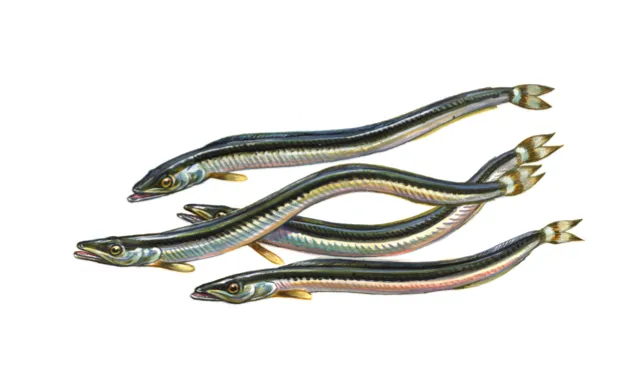New research published by the RSPB suggests a link between the amount of sandeels caught by fisherman and the breeding success of kittiwakes.
The study finds that higher intensity fishing of sandeels leads to lower number of chicks being produced by the kittiwakes, a small species of gull that is currently red-listed in the UK.
The study used GPS tags to track individual breeding kittiwakes and found that the foraging areas of eastern English colonies overlapped with an area in the North Sea known as the Dogger Bank.
“We followed individual kittiwakes from colonies at Filey and Flamborough in Yorkshire to see where they went to feed during the breeding season,” said Dr Mark Bolton, the RSPB’s principal conservation scientist.
“We found that they went much further from the coast than we had previously realised, and were often travelling all the way to the Dogger Bank to catch these small fish… for themselves and their chicks.”

This area is the largest sandbank in the North Sea and supports a high density of sandeels, which are targeted by the fishing industry, mainly from Denmark.
The waters over Dogger Bank are shared by Netherlands, Germany and the UK.

Main image: Kittiwake in flight. © Grahame Madge/RSPB
